Gokogu Shrine: Fushimi’s Sacred Water
South of glittering Kyoto City is the district of Fushimi. Among its many claims to fame, Fushimi is particularly famous for Japanese sake. In order to make excellent sake, pristine water is a must. Just down the street from the sake-brewing district is Gokogu Shrine, renowned for its pure spring water and a local favorite for centuries.
Gokogu Shrine
About Gokugu Shrine
Just outside of the Keihan Momoyama Goryomae Station, opposite the historic sake brewing district, is a large torii that leads to none other than Gokogu Shrine.
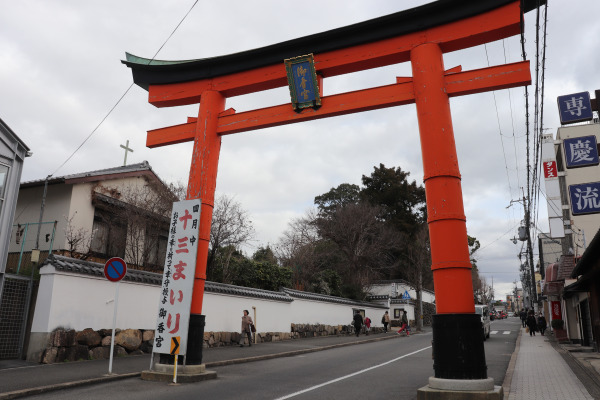
It is not known when and how this shrine started but it is considered that it was in 862 that the shrine buildings were built and named Gokogu, as the water that came from the shrine’s spring had a particularly nice fragrance (the [香] of the name Gokugu Shrine [御香宮] means fragrant).
When Hideyoshi moved to Fushimi, the shrine became the guardian shrine of Fushimi Castle and at the end of the Edo Period, the army of the New Government (the Meiji government) settled an encampment on the shrine grounds while they battled against the Tokugawa Government. This little shrine has witnessed so many historic events!
The gate of Gokogu shrine is the former main gate of Fushimi Castle. Look at it closely, and you will find there are very detailed carvings on its beams.
Though the original Fushimi Castle no longer exists, all the detailed carvings on the beams of Gokugu Shrine indicate it was really detailed and probably had a lot of decorations. It is even more likely that was the case because it was Hideyoshi’s castle and he favored flashy and elaborate designs.
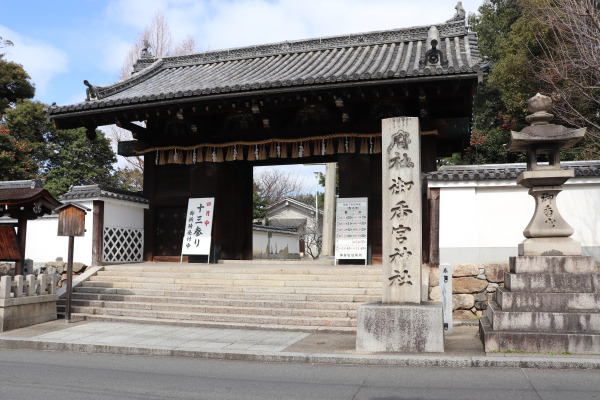
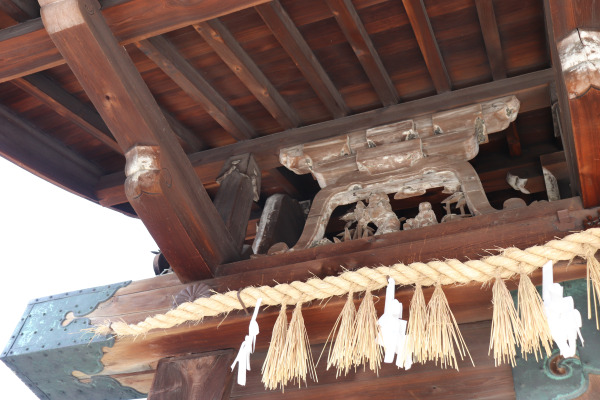

Shrine Grounds
The long path leads to the shrine ground. While the sake brewing district is often crowded, this shrine is certainly less trafficked giving it an air of peace and serenity.
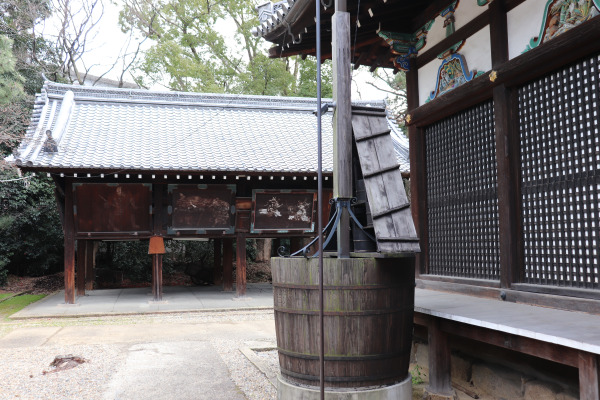

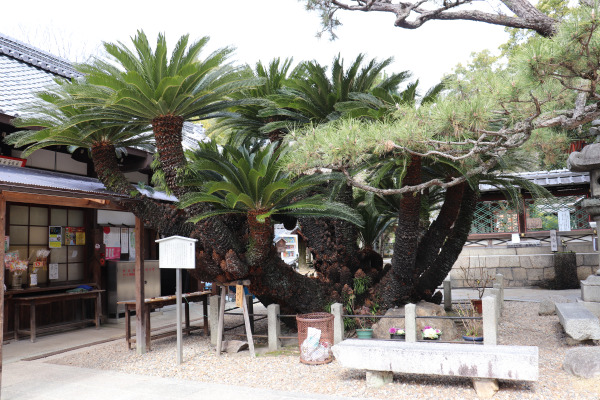
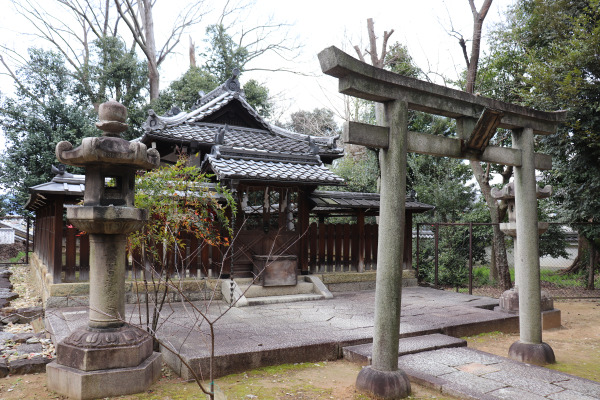
The path cuts right through the shrine’s haiden (prayer hall). This style of shrine building is called wari-haiden. The beams of the haiden are also covered in beautiful and exquisitely detailed carvings. And, interestingly, each carving has its own back story.
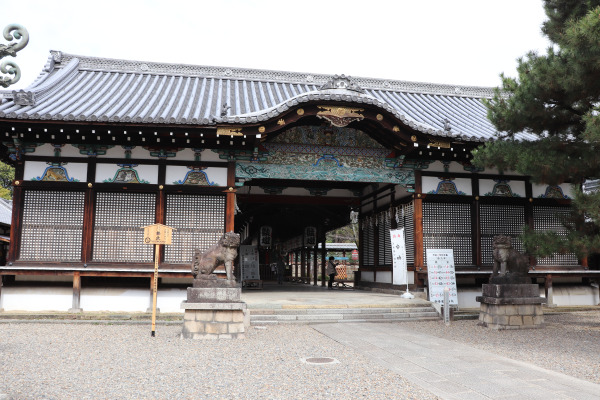
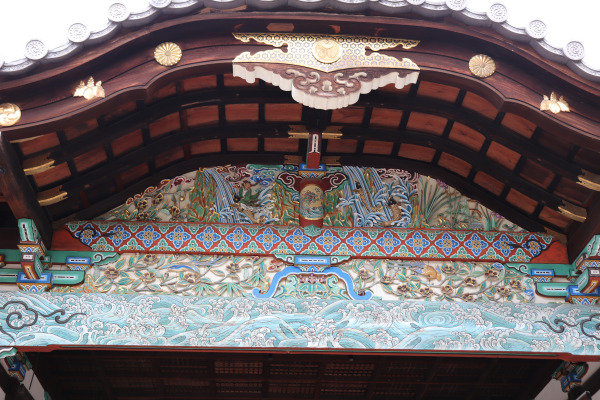
The main building, or honden, built in 1605, enshrines Empress Jingu, Emperor Chuai, and their son, Emperor Nintoku. The building is hard to see as it is surrounded by glass, but you can see it has carvings with vivid colors.

Gokogu Shrine’s Famous Gokosui Water
As we stated, Gokogu Shrine was named after the spring water on the shrine grounds. Surprisingly, the spring is still there!
The water is even designated as one of the “100 Best Water” by the Ministry of Environment. In fact, the reason that Fushimi is famous for good sake is that there are so many sources of fresh water there.
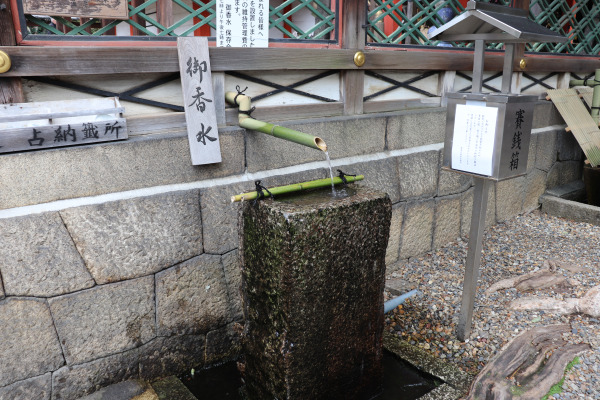
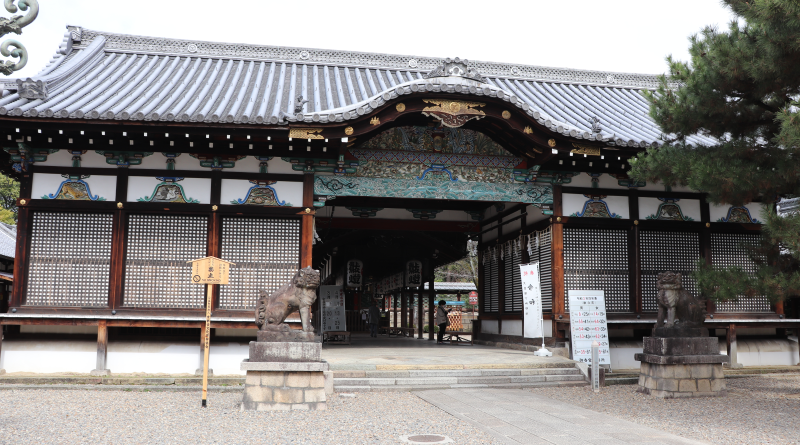
Leave a Reply